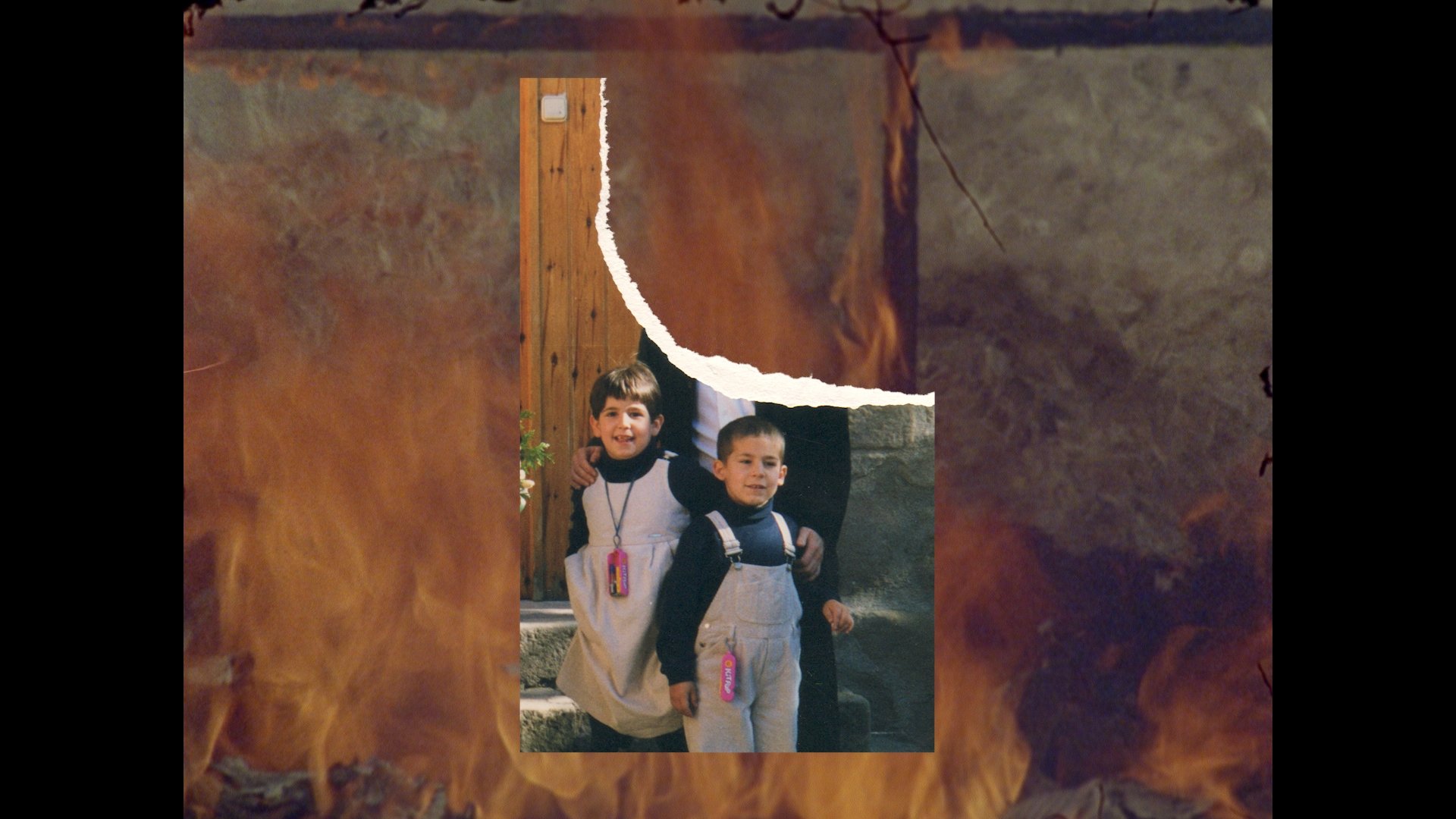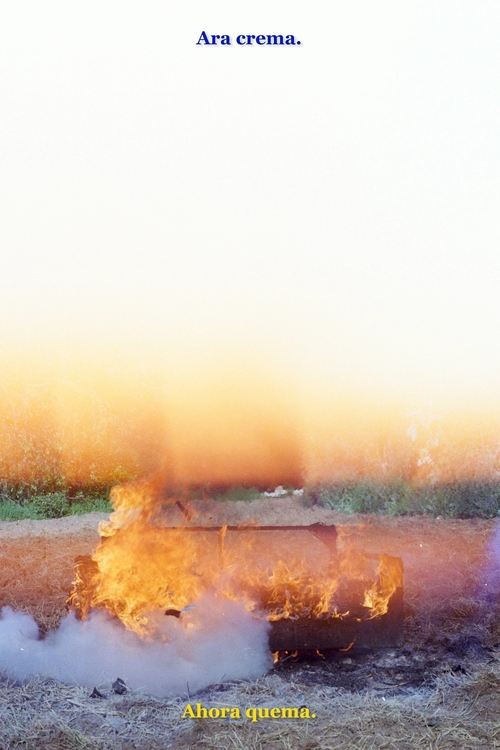

The sofa, the fire, the silhouette. A home that disappears in ashes. After thirteen years of mental and physical confinement in that house, another confinement was necessary to face those images. Family photographs (90s-00s) and personal video archive footage filmed in 16mm and MiniDv between March and April 2019 during the move and the burning of the sofa, edited in quarantine, April 2020.

Núria

Francesc

Montse
No Trailers found.